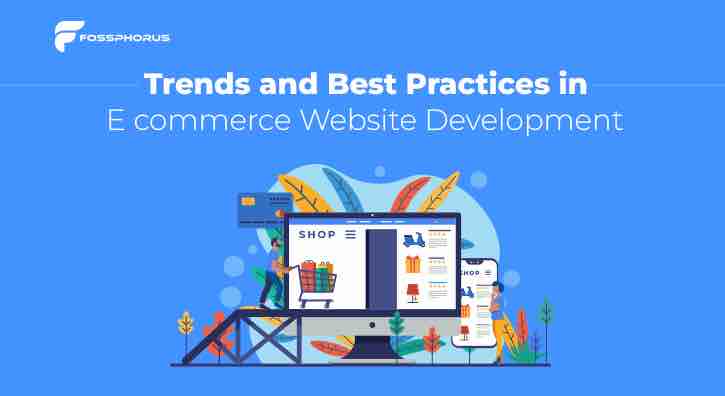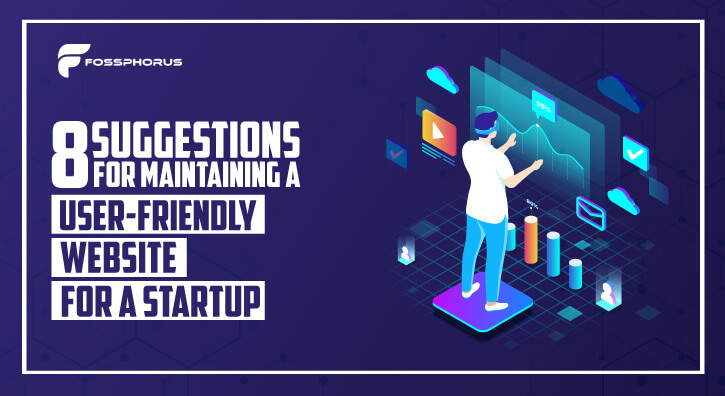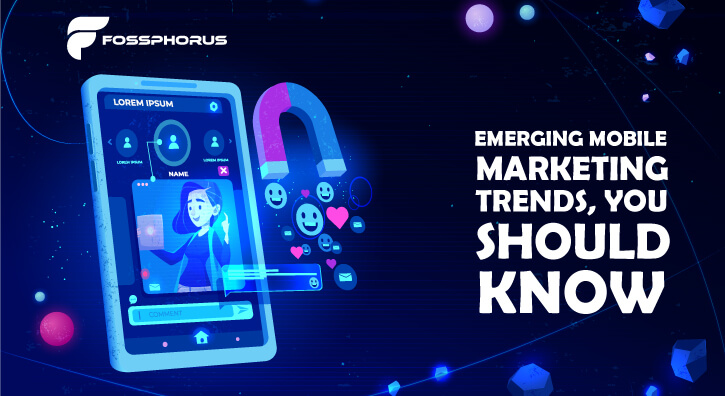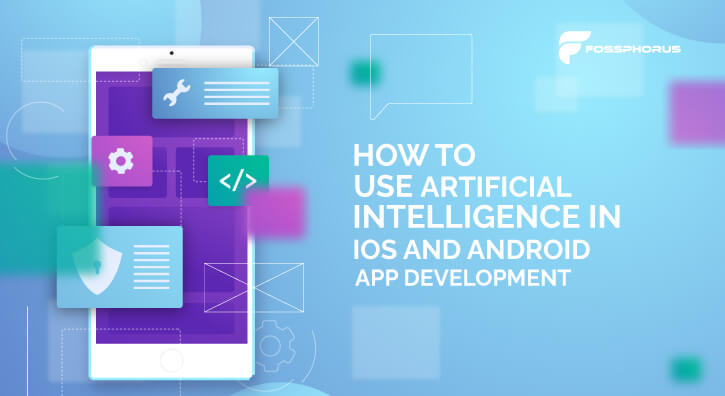BLOG Detail
Trends and Best Practices in eCommerce Website Developmen
04 October 2024
06:13 AM

In an era where online shopping goes beyond convenience to become a way of life, mastering the art of eCommerce website development trends and best practices is the cornerstone of digital success. Undoubtedly, the world has embraced the screens within their pockets and eCommerce website development services serve as a herald of accessibility and engagement.
Yet, the canvas extends beyond mere visuals, as augmented reality and virtual reality breathe life into the digital realm, blurring the lines between imagination and reality. From the intuitive layouts to seamless navigation – every element plays a vital role in turning visitors into customers.
Furthermore, the harmonious blend of design innovation and technological advancement has given rise to new dimensions of engagement. But it is not an easy nut to crack… to build a flawless digital product, you need to get your hands on best practices that lay the foundation for sustained success.
Worried? Don’t be… In this exploration of eCommerce webshop development trends and best practices, we will delve deeper into each aspect, uncovering insights that can empower businesses to create impactful online shopping destinations while meeting the dynamic demands of the digital marketplace.
Top 12 Trends and Best Practices for eCommerce Website Development
In this digital age, where businesses vie for attention amidst the vast expanse of the internet, embracing the art of eCommerce website development is not just a choice, but a strategic imperative.
It's the foundation that upholds digital success, bridging the gap between businesses and their digital-savvy audience while forging lasting connections that transcend transactional boundaries.
Come, let’s dig a little deeper…
1. Mobile-First Approach
eCommerce websites are prioritizing mobile optimization due to the surge in mobile device usage. It can be achieved through responsive design, accelerated mobile pages (AMP), and progressive web apps (PWA) that ensure smooth, quick-loading encounters on phones and tablets. This strategy increases user engagement and elevates conversion rates.
2. Personalization and AI
Say goodbye to generic experiences – AI and ML dive deep into your customer’s data, serving up personalized product suggestions, dynamic prices, and tailored content. It's like providing them with personalized shopping genie, boosting their happiness and keeping them coming back for more!
3. Voice Commerce
Voice assistants such as Amazon's Alexa and Google Assistant can be seamlessly integrated into eCommerce platforms. With just a click, customers can search for items, add items to carts, and complete the process while using voice commands. To be precise, voice commerce simplifies the shopping process and caters to the growing trend of smart home devices.
4. Omnichannel Retailing
eCommerce website development is focused on providing a consistent experience across various channels. Integration of inventory, customer data, and order fulfillment systems ensures that customers receive a unified experience whether they shop online, via mobile apps, on social media, or in physical stores.
5. AR (Augmented Reality) and VR (Virtual Reality)
Immersive shopping experiences can be made possible by AR and VR technologies. Customers can virtually try clothes and interact with products in 3D environments. This interactive approach enhances customer engagement, reduces returns, and boosts buyer confidence.
6. Chatbots and Customer Support Automation
AI-powered chatbots offer real-time customer support. They respond to inquiries, assist with product selection, track orders, and make personalized recommendations. Chatbots improve customer service efficiency and are available 24/7, enhancing the overall shopping experience.
7. Payment Gateways and Security
You've probably heard that eCommerce platforms integrate various payment gateways to provide customers with a variety of secure payment options. By integrating this option into your website, you can provide robust data encryption, compliance with Payment Card Industry Data Security Standard (PCI DSS), and fraud prevention measures to ensure safe transactions.
8. Subscription eCommerce
Subscription models are like your personal shopping assistants, ensuring both convenience and the joy of anticipation. eCommerce website development platforms have embraced this trend, introducing subscription-based services that bring a steady stream of goodies to your doorstep.
From delightful surprise boxes to ready-to-cook meal kits and even useful software on tap, these subscriptions keep the excitement alive. It's the perfect way to treat your customers regularly while helping them explore novel experiences effortlessly.
9. Social Commerce
Social media platforms have become more than just scrolling; they've transformed into bustling marketplaces. eCommerce platforms are getting creative, seamlessly weaving in handy "buy" buttons and tempting shoppable posts across popular platforms like Instagram and Facebook.
This means you can snag your favorite finds without ever stepping away from your social media feed. It's a shopping experience that's as smooth as it is exciting, letting you seamlessly transition from admiring a product to making it yours, all within the cozy confines of your favorite app.
10. Blockchain and Cryptocurrency Integration
eCommerce platforms are exploring the integration of blockchain technology and cryptocurrencies for secure and transparent transactions. Blockchain ensures tamper-proof records of transactions and enhances trust in online purchases. Some retailers are even accepting cryptocurrencies as a form of payment, expanding the range of options available to customers.
You can easily integrate this into your digital shop.
11. Hyper-Personalization and Customer Journey Mapping
Beyond basic personalization, website development is moving towards hyper-personalization by mapping the entire customer journey.
This involves understanding and predicting user behavior at various touchpoints, allowing for tailored recommendations, content, and promotions throughout the entire shopping experience. This level of personalization improves customer engagement and drives conversions.
12. Scrolling Animations
This is among the most trending web design component that many eCommerce website development services providers are utilizing. These are animations triggered when a visitor uses scroll action. The web shop visitors can freely move up and down, left and right, or in any other direction that want to scroll. This enticing option is being utilized on interactive websites to keep users engaged.
The connection between seamless integration and appealing aesthetics enhances design significantly. This trend focuses on prioritizing mobile-friendly design and interactive buying journeys, making it perfectly in tune with the times. By embracing this e-commerce trend, businesses stand to elevate their conversion rates, offering customers a more captivating and fully immersive shopping expedition.
To Wrap Up…
As technology continues to reshape the way we shop and interact online, embracing the new trends in eCommerce website development becomes not only a strategic move but a necessity to thrive.
By aligning with current trends, harnessing the power of personalization and AI, fortifying security measures, and embracing innovative features like subscription models and seamless social media integration, businesses can craft digital storefronts that offer both utility and delight to customers.
Above and beyond, the symbiotic relationship between technology and customer-centric design fuels the future of eCommerce. By riding the wave of these trends and incorporating best practices, businesses can not only create compelling online shopping experiences but also foster lasting connections with their audience.
Wait! Are you looking for eCommerce website development services? Then get in touch with Fossphorus. The expert designers and developers know the ins and outs of eCommerce development.




